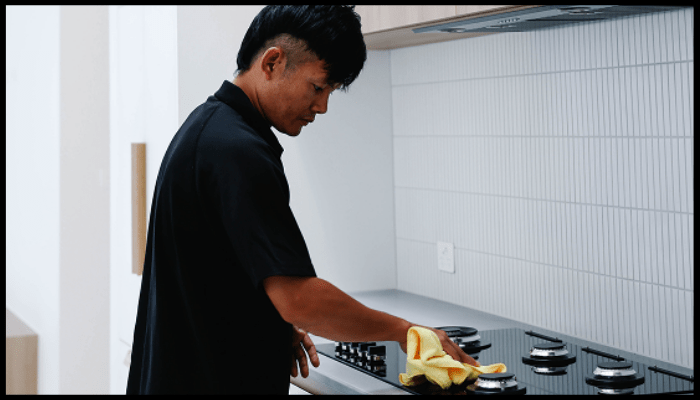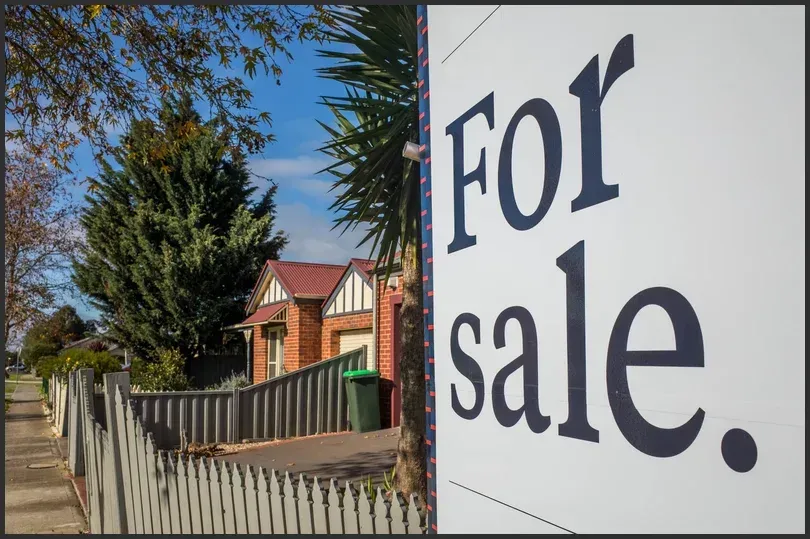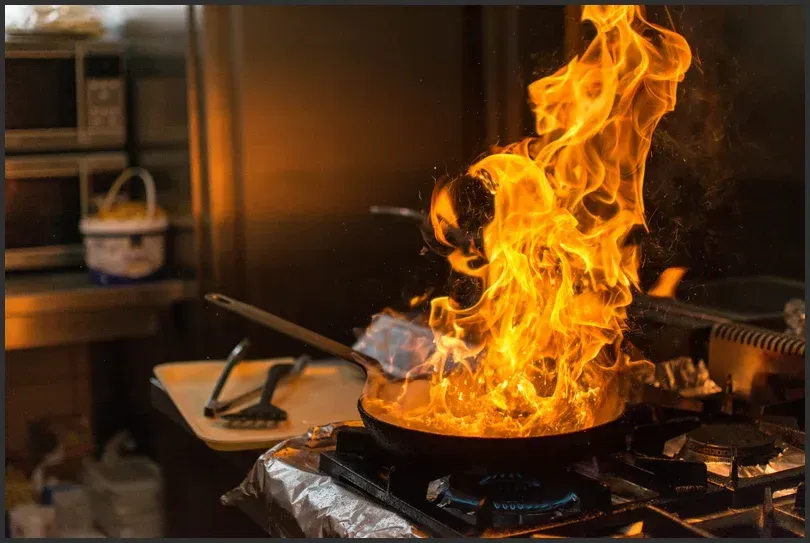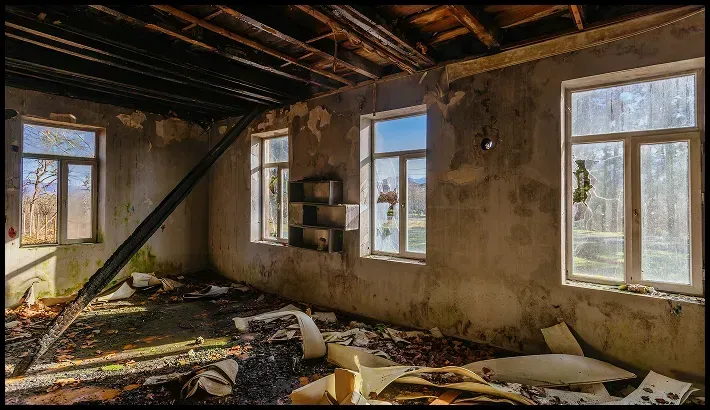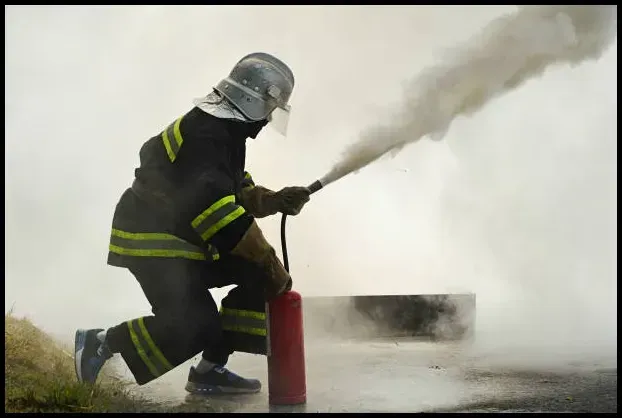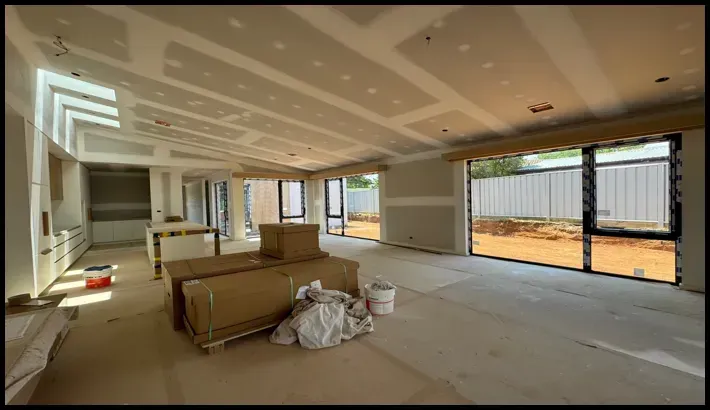Mould Restoration Guide: Tips for Prevention & Effective Removal
Mould Restoration Guide: How to Safely and Effectively Remove Mould In Your Home (2024)
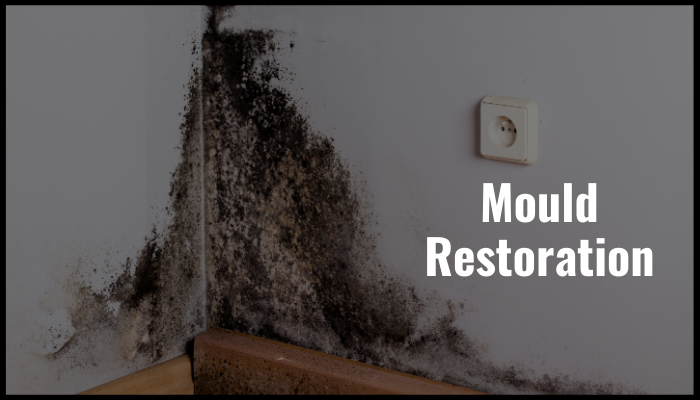
Is mould creeping up your bathroom or shower wall? Instead of panicking, you should seek methods to maintain a healthy living environment. Let’s begin the guide to tackle the mould problem effectively.
Common Types of Mould Found Indoors
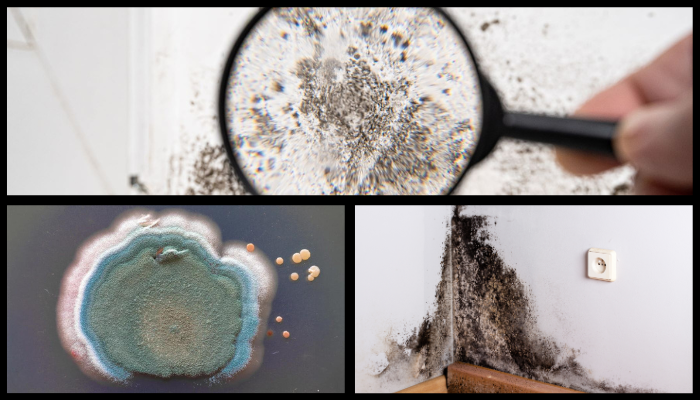
You are up against something hazardous in a room with visible mould. Some common types of mould that can invade your home include:
Aspergillus
It is found in damp places and can spark allergies and respiratory challenges.
Cladosporium
It is found in fabrics and wood. It is a risky mould infestation because it thrives in warm and cool areas.
Black mould
This toxic mould prefers areas that are consistently wet.
The health risks of mould exposure

Mould contamination is beyond a cosmetic issue for your home. It is a worrying health risk because long periods of mould exposure lead to the following conditions:
1. Coughing, wheezing, and irritated throat
2. Runny nose and red eyes caused by allergies
3. The spread of mould worsens asthma symptoms
4. Mould infection in people with weakened immune systems
How to identify mould issues in your home

Identifying mould early on can prevent the spread of the disease and extensive damage. Here is how to spot home mould.
Signs of mould growth
You will notice a persistent, damp smell because of hidden mould. Increased moisture levels in walls can start causing discolouration. Look carefully at your walls or ceilings. These surfaces might have mould growth that appears as a black, green, or white spot.
Mould might grow underneath when the paint or wallpaper is bubbling or peeling.
Common areas for mould infestation
The first step in professional mould removal is to identify the problem areas. Focus on showers and sinks; these are the areas where moisture gets trapped.
Dark, poorly ventilated basements are ideal for mould growth. You should also check under sinks and around dishwashers. Water leaks around these spots might halt the mould remediation process.
How to prepare for the mould removal process
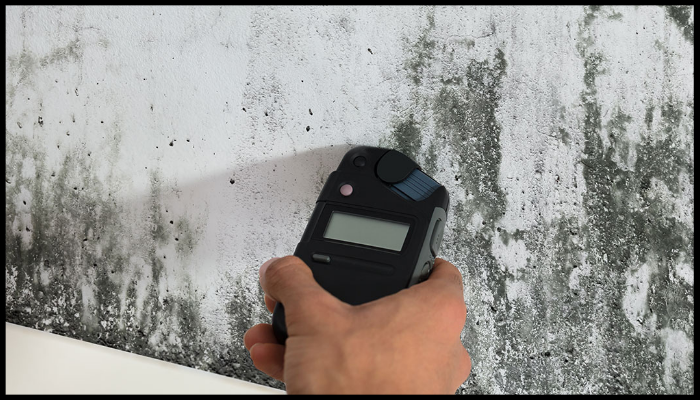
Some critical steps must be taken before the mould treatment starts. These preparation steps ensure everything goes smoothly and safely during restoration.
Mould testing
Sometimes, mould is limited to a tiny area, and in severe cases, it spreads throughout your home. If it is not a minor issue, you might need professionals for a thorough mould inspection.
Containment and ventilation
Block off the affected areas to prevent the spread of mould to other parts of your home. You can use plastic sheets to seal them off and ensure good airflow. If it seems too hard, call the mould remediation experts.
The Mould Restoration Process
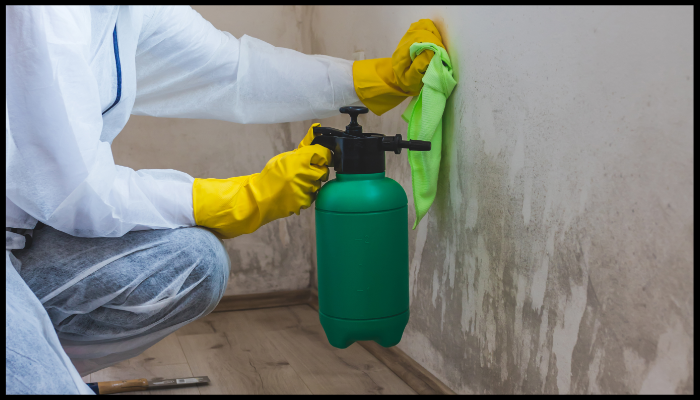
Step 1: Fixing the source of mould
Mould cannot live in low humidity levels. So, the first step is to fix broken pipes or leaky roofs in your home.
Step 2: Removing affected materials
The root cause is heavily infested drywall and carpeting. For the safety of your family, dispose of the affected ones.
Step 3: Correct cleaning of mould spores
Clean all affected surfaces with a detergent cleaning solution. You may need to use a stronger disinfectant than industry standards for stubborn mould. This step is crucial in preventing further mould damage and ensuring that the infestation does not return.
Step 4: Drying and dehumidification
After cleaning the mould, thoroughly dry the area with fans. Dehumidifiers and open windows are great ideas for quickly reducing moisture levels.
Step 5: Fixing the damage
The restoration process can start once the area is mould-free and dry. Remove infested materials and take necessary steps for water damage restoration to prevent future mould growth.
Preventing Future Mould Growth

Discourage mould growth
Get good-quality dehumidifiers to reduce the humidity in your space. Dry carpets regularly in damp areas.
Improve ventilation
Install additional vents to maintain a good airflow in areas prone to moisture.
Inspection by certified technicians
Hire a mould hygienist in Canberra to catch any signs of mould and address these issues promptly. These professionals are trained to identify mould problems accurately and apply the most effective remediation techniques to ensure a mould-free environment.
Using mould-resistant products
Mould-resistant drywall, paint, and insulation can reduce the chances of future infestations.
Conclusion
Key Takeaways
Mould is a serious issue, but the right approach can remove it and prevent it from returning. Remember to fix any moisture source in your home, remove affected materials, and thoroughly clean and dry the area. Prevention is possible when you keep your home dry and maintain the air quality. Reach out to one of the trusted mould restoration companies in Canberra to inspect your home and ensure it's mould-free.
Maintaining a Mould-Free Home
Vigilance is your best bet, so regularly call an IICRC-certified technician to keep your home mould-free. Their years of experience can guide you in creating a healthy, mould-free environment.
Frequently Asked Questions
How Long Does Mould Remediation Take?
Mould removal jobs for small areas can be completed in a day. However, extensive damage can take several days or even weeks.
Can I Stay in My Home During Mould Remediation?
A thorough mould cleaning service might take longer to prevent recurrence, so it is best to stay elsewhere until the mould is completely removed.
How Much Does Mould Restoration Cost?
Mould removal through the DIY approach costs only a few hundred dollars. However, if an area is left untreated, severe infestations can occur. Professional services might cost thousands, but they are worth it for total mould removal.
What Should I Do If I Find Mould Again?
There can be underlying moisture issues causing a nuisance. Mould technicians do a great job of preventing the regrowth of mould spores. Consult them for effective mould removal.
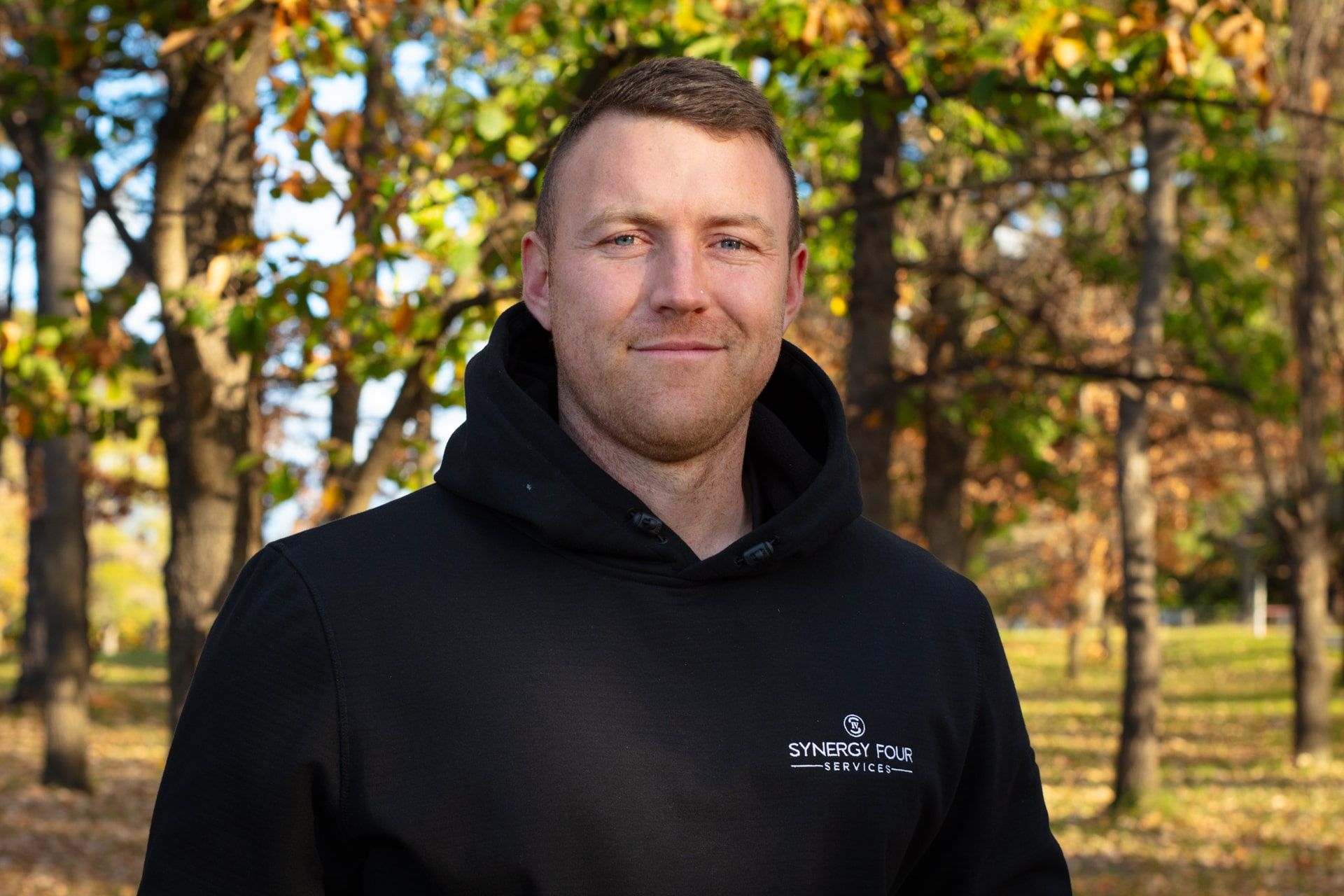
Director of Synergy Four Services
Jason Dean, the founder of Synergy Four Services, has led the company to significant achievements, including winning the Canberra Local Business Award for Most Outstanding New Business in 2021 and Most Outstanding Service and Trade in 2022.
Under his leadership, the company became a finalist in 2023. With a range of certifications, including mould remediation, water damage remediation and fire and smoke damage restoration, and compliance with ISO 9001:2015 quality management standards. Jason ensures Synergy Four Services meets the highest safety and quality standards.


